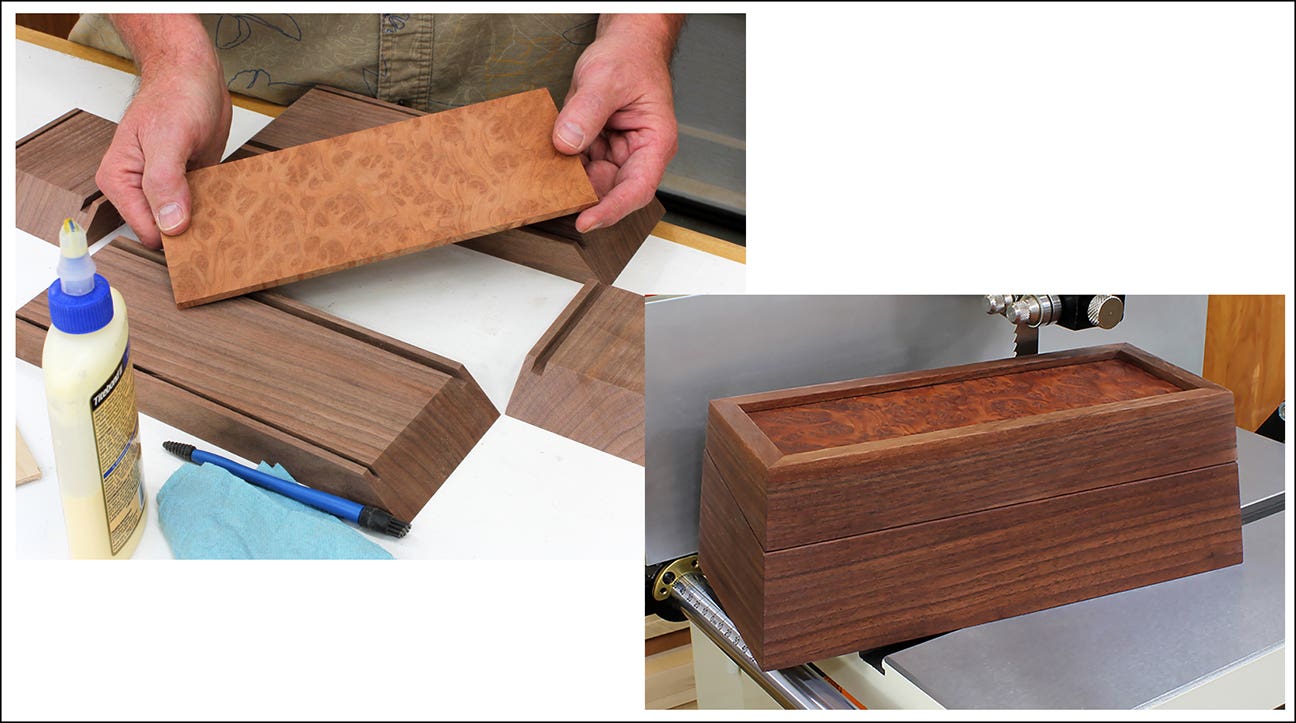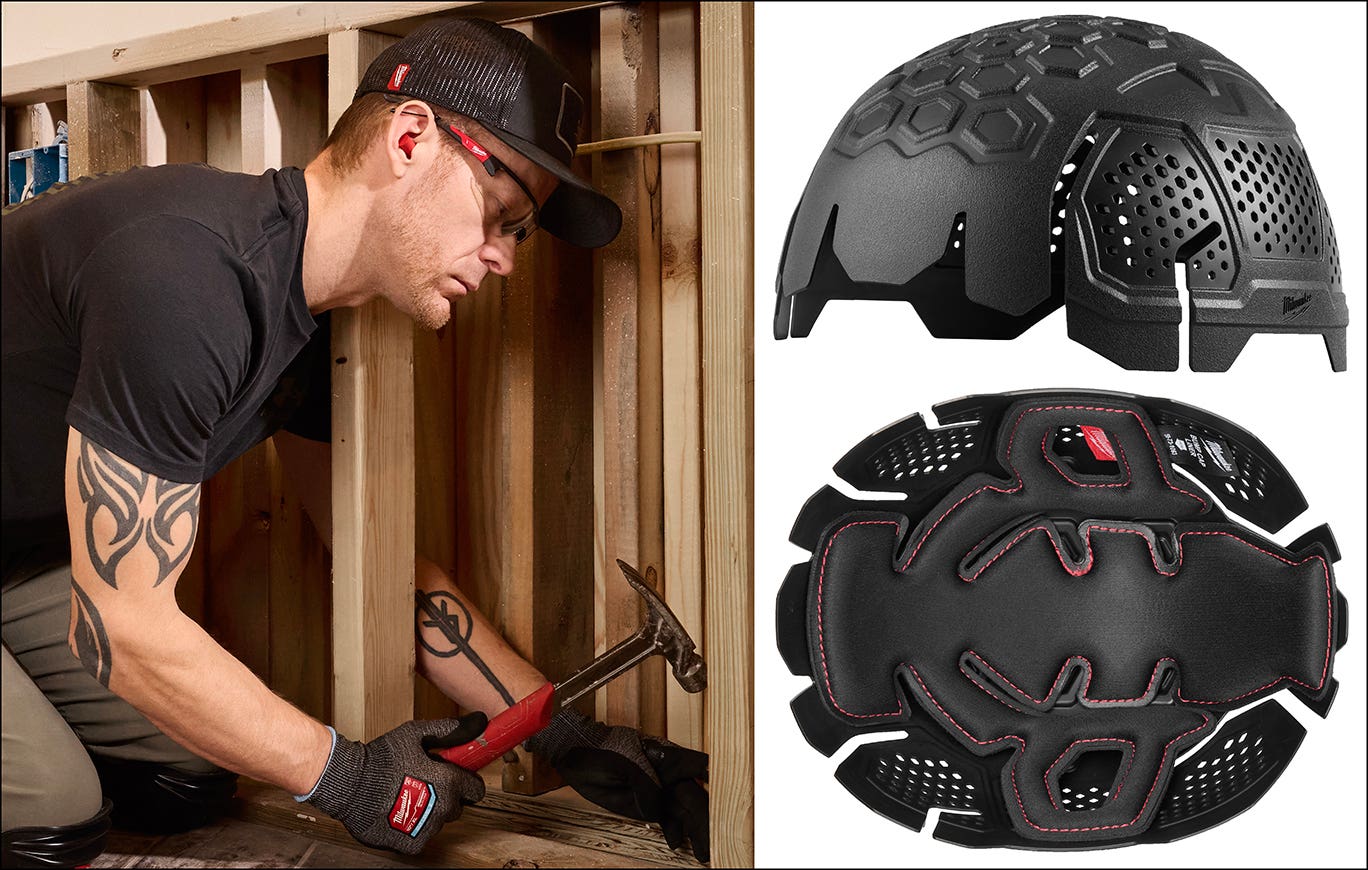Ten finishing rules that explain so much
Over the years I’ve found myself repeating certain phrases that apply to various situations. I call these phrases “rules” because they are almost always true. Here are ten of the most common.
Over the years I’ve found myself repeating certain phrases that apply to various situations. I call these phrases “rules” because they are almost always true. Here are ten of the most common.
1. When sanding wood or finish, choose a sandpaper grit that removes the problem efficiently without creating larger-than-necessary scratches.
For example, choose a coarser grit (say 80 or 100) to remove severe washboarding caused by a jointer or planer, but begin with 150-grit when sanding factory pre-sanded veneered plywood or MDF. Choose an even finer grit if you’re just checking that your stripper has removed all the old finish.
Or, choose a coarser grit (say 180 to 320) to remove brush marks or orange peel, but a finer grit (320 to 600) to remove dust nibs.
2. The first coat of any finish seals the wood; all additional coats are topcoats. In other words, it makes no sense to apply two sealer coats. Products that are sold or promoted as sealers don’t seal the wood any better than the finish itself. However, they do solve a problem.
Sanding sealers make sanding easier, so they speed production. Sanding sealers and vinyl sealers provide better “hold-out.” They partially block the pores, so they are used to produce a more level finish. Shellac acts as a barrier against oil, especially silicone oil, which causes fish eye, or oily resin in exotic woods such as cocobolo and sometimes teak, or residue wax in the wood from using a paint stripper. Shellac also blocks odors in the wood from cat urine, for example.
3. There are only three tools used to apply finishes: a rag, a brush, and a spray gun. All three are simple to use. Even a spray gun is no more complicated to use than a router.
All finishes can be applied with any of these three tools. A rag is a cheap and efficient tool for applying a stain or finish that you intend to wipe off, but rags leave very deep ridges in finishes when you are trying to build a film. A brush is an inefficient tool because it is so slow, but it is the least wasteful of finish material. A spray gun is fast and applies the most level film. But, spray guns are the most expensive tools and, because of overspray, they are wasteful of finish material and require an exhaust system.
4. The only thing you can do in finishing that can’t be fixed fairly easily is to blotch the wood with a stain. All other problems can be fixed, with the worst case being that you have to strip off the finish and begin again. To fix blotching, you have to sand, scrape, or plane the wood to below where the stain has penetrated.
Amateur woodworkers often forget this rule. They think that they will ruin their woodwork if they make a mistake with the finish. Professional finishers and refinishers know from sad experience that having to strip and start over is not that uncommon, and also, not that devastating.
5. Apply a wet coat of stain and wipe off the excess before it dries. This is the basic instruction for applying all stains. The exception is when you spray the stain and leave it as sprayed.
The reason you get a darker color if you leave the stain wet on the wood for longer is not because it soaks deeper as is commonly believed, but because some of the thinner evaporates leaving a higher colorant-to-liquid ratio. With some stains, especially dye stains that don’t contain a binder, you can get a darker color by applying a second coat. But the second coat is less effective with stains that do contain a binder because the binder partially seals the wood.
The reason some stains color wood darker than others with just one coat, even when all the excess is wiped off, is that they contain a higher ratio of colorant (pigment or dye) to liquid (binder and thinner).
6. Dye dissolves, pigment suspends and settles. Dye, therefore, penetrates into the wood everywhere the liquid does. But pigment only lodges in pores and sanding scratches large enough to hold it.
This difference is responsible for the different effects you get from these two colorants. Dye colors wood more evenly and thoroughly than pigment. Pigment highlights grain better. Keep in mind that dye also fades much quicker than pigment.
7. Thinning a finish more is the solution to the most common application problems – brush marks, orange peel, and air bubbles drying in the finish. But thinning reduces the film build, which may cause you to have to apply an extra coat or two of finish.
8. Pull the trigger and keep the gun moving. This is the basic rule for using a spray gun.
For some reason, writers in magazines and books have made using a spray gun seem difficult. As long as you keep the spray gun clean, well-tuned, and adjusted correctly (which is not at all difficult), there is only a little hand-eye coordination involved in learning to use the tool. Basically, the coordination can be summed up by the instruction to keep the gun moving while the trigger is pulled.
9. Finishes bond to each other in two ways: chemically and mechanically. Chemical bonding occurs when the applied coat dissolves into the existing coat. Because of the way they dry, by solvent evaporation, lacquer and shellac are the best examples of this. To a lesser degree, water-based finishes are also an example. Catalyzed finishes have an open time during which they dissolve into themselves, and after which they don’t. When there is chemical bonding, there is no need to sand between coats to improve the bonding, only to remove dust or other flaws.
Mechanical bonding is created by scuffing a surface with an abrasive, such as steel wool or sandpaper. It helps to create mechanical bonding when the newly applied finish is not likely to dissolve into the existing surface. Examples include applying varnish or polyurethane over an old finished surface, or applying any finish over a fully cured catalyzed finish.
10. An old unknown finished or painted surface should be clean and dull for successful recoating. If there is grease or dirt on the surface, or if the surface is glossy, a new coat (paint or finish) may not bond well. But if an old surface is clean and dull, any new paint or finish should bond well.
You can clean a surface by washing with soap and water or removing the grease or dirt with an abrasive such as steel wool or sandpaper. You can dull a surface by abrading with steel wool or sandpaper, or washing with tri-sodium phosphate (TSP), ammonia, or alcohol. Because these also clean, they accomplish both.
Bob Flexner is author of “Understanding Wood Finishing” and “Wood Finishing 101.”
This article originally appeared in the November 2018 issue.






